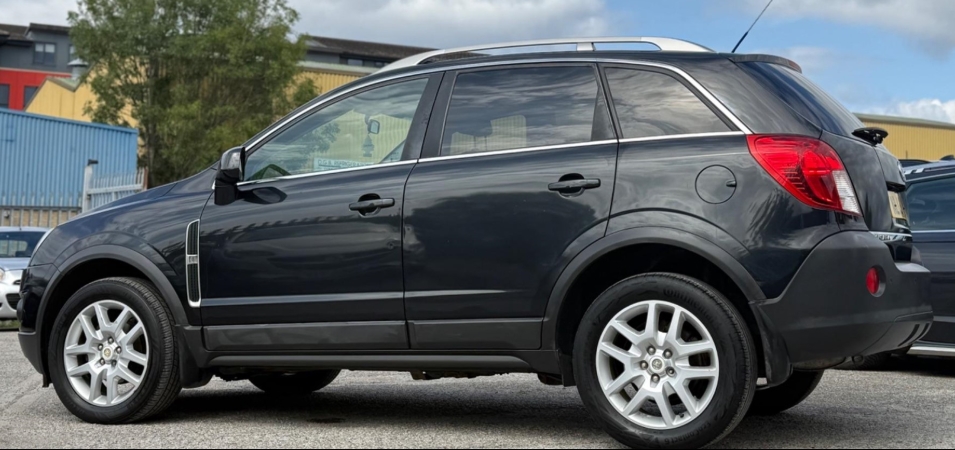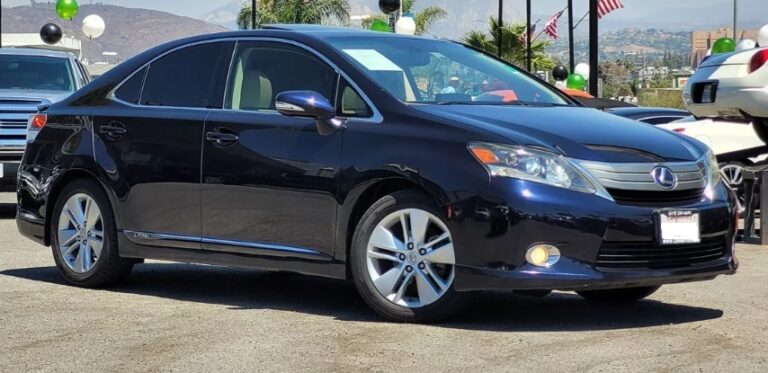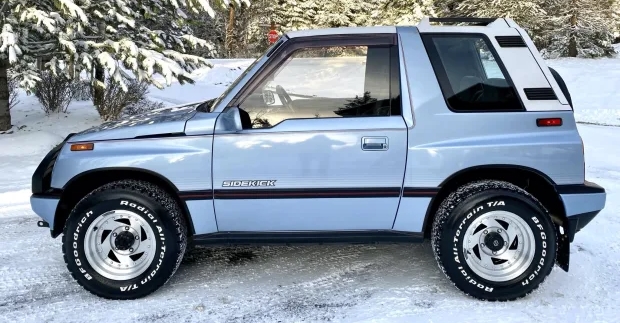The Evolution of the Vauxhall Antara
The Vauxhall Antara stands as a notable chapter in the history of compact SUVs, blending rugged capability with urban sophistication. Launched in the mid-2000s, the Antara was Vauxhall’s (and its sister brand Opel’s) foray into the burgeoning SUV market, aiming to combine versatility with style. This article traces the full evolution of the Vauxhall Antara from its inception to its discontinuation, including all models and trim levels offered throughout its production run.
Introduction and Background
The Vauxhall Antara was introduced in 2006 as a compact crossover SUV designed to appeal to drivers seeking a versatile vehicle that could handle both city driving and light off-road conditions. It was based on the GM Theta platform, sharing its architecture with vehicles like the Opel Antara, Saturn Vue (in North America), and the Chevrolet Captiva. The Antara’s styling was characterized by a robust, muscular stance with a distinctive front grille and modern design cues.
Vauxhall marketed the Antara as a practical and stylish SUV, emphasizing comfort, versatility, and a range of efficient engines. Its lifespan spanned from 2006 until 2015, with several updates and variants throughout its production.
Production Timeline and Key Milestones
- Launch Year: 2006
- Discontinued: 2015
- Major Facelift: 2011
The Antara’s production spanned approximately nine years, with a significant facelift in 2011 that refreshed its appearance and refined its features.
First Generation (2006–2011)
Initial Launch and Models
The original Vauxhall Antara was launched in 2006, available initially with a range of petrol and diesel engines. It was offered in several trim levels tailored to different customer needs.
Engine Options
- Petrol Engines:
- 2.4-liter four-cylinder (125 hp)
- 3.2-liter V6 (230 hp) — primarily for higher trims and markets
- Diesel Engines:
- 2.0-liter CDTI (let’s note the different power variants)
- 2.4-liter common in early models (gasoline)
Trim Levels (2006–2011)
The trims varied by market but generally included:
- Design: Base level with essential features.
- SE: Added comfort and convenience features such as climate control, alloy wheels, and upgraded interior trim.
- Sport: Focused on sporty styling cues, larger alloy wheels, and sportier suspension settings.
- Elite: Top-tier trim level offering features like leather upholstery, premium audio systems, and advanced safety features.
Features and Equipment
Standard features across trims included:
- Air conditioning
- Power windows and mirrors
- CD player with MP3 compatibility
- Alloy wheels
- Cruise control (in higher trims)
- Privacy glass (on certain trims)
Higher trims added:
- Leather seats
- Sunroof
- Navigation systems
- Parking sensors
- Fog lights
- Advanced stereo systems
Facelift and Model Refresh (2011–2015)
In 2011, the Antara received a significant facelift designed to improve its aesthetic appeal and update technology features to stay competitive.
Design Changes
- Redesigned front grille and bumper
- New headlights with LED daytime running lights
- Slightly revised rear styling
- Interior upgrades including improved dashboard layout and materials
Updated Engine Lineup
Post-2011, the engine options were refined:
- Petrol:
- 1.4-liter Turbo (new addition)
- 2.2-liter direct-injection turbo (150 hp)
- Diesel:
- 2.0-liter CDTI diesel (130 hp and 160 hp variants)
- 2.2-liter CDTI (increased to 184 hp in later models)
Trim Levels (2011–2015)
Vauxhall continued with familiar trim designations, often aligning with the previous nomenclature but updating features:
- Design/Essence: Entry-level trims with basic features.
- SE: Mid-range trims with added comfort and convenience.
- Exclusive/Elite: Top trims with leather, premium audio, and advanced safety features.
- VXR (Limited): A sporty variant with enhanced performance and styling cues, though produced in limited numbers.
Features and Technology
The facelift models introduced:
- Improved infotainment systems (including touchscreen options)
- Bluetooth connectivity
- Rearview cameras
- OnStar telematics (in some markets)
- Enhanced safety features like stability control, traction control, and multiple airbags
Special Editions and Notable Variants
Throughout its lifecycle, the Antara saw several special editions to boost sales and appeal to niche markets:
- Antara S: Sportier styling elements, often with larger alloy wheels and unique decals.
- Antara Limited Edition: Featuring unique paint schemes, interior accents, and additional equipment.
- VXR Sport: Focused on performance with upgraded suspension, sporty styling, and sometimes increased engine output.
.
THIS might be a great place to get your new car from!
Or for those who are into the “car flipping” business, here’s an excellent resource for you!

.
Discontinuation and Legacy
Vauxhall officially ceased production of the Antara in 2015, citing changing market preferences, increased competition, and the shift toward more efficient SUVs and crossovers. Its platform and design philosophy, however, laid the groundwork for subsequent models like the Mokka, which inherited some of the Antara’s features and styling cues.
Despite its relatively short production span, the Antara was appreciated for its practicality, comfortable ride, and versatile engine options. It served as a reliable choice for many families and urban drivers looking for a capable compact SUV.
Summary
| Year Range | Key Features and Updates | Notable Models / Trim Levels |
|---|---|---|
| 2006–2011 | Original launch with petrol and diesel engines, trims: Design, SE, Sport, Elite | Introduction of standard features, initial trims |
| 2011–2015 | Facelift with updated styling, new engines, trims: Design, SE, Elite, VXR | Enhanced aesthetics, modern tech, safety features |
Conclusion
The Vauxhall Antara’s journey from 2006 to 2015 reflects the evolving landscape of compact SUVs in Europe. Its development incorporated advances in styling, technology, and engine efficiency, aiming to meet the demands of diverse drivers. While it was eventually replaced by newer models better aligned with modern preferences, the Antara remains a significant part of Vauxhall’s SUV legacy, exemplifying the brand’s commitment to offering versatile and reliable vehicles.







